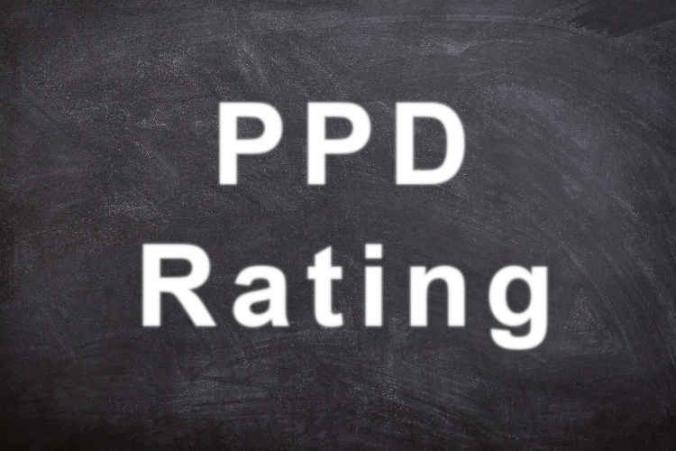The Department of Labor and Industries (L&I) sometimes sends overpayment notices to work injury claimants. Receiving one of these letters can be very stressful. The purpose of the notice is to tell you that you’ve been overpaid. And yes, they want their money back.
The reality for injured workers
When work injury claimants are unable to work, their income is automatically slashed by 40%. Clearly, this creates significant financial strain and stress. After all, the cost of living is always on the rise. Consequently, many workers have no choice. They live from check to check. In reality, many workers use wage replacement benefits in their entirety to pay for housing, food, and family care. Very often, injured workers must dip into their savings to make ends meet.
L&I claim overpayment
It feels like L&I is so stingy with paying benefits that overpayments can’t possibly happen. However, overpayments are very common. Most times, when overpayments occur, it’s not the fault of work injury claimants.
Overpayments can occur for many reasons. For example, because of clerical errors or identity mix-ups. They can also happen due to wrong data or adjudicator errors. One case is when L&I computes the wage rate incorrectly. Another is when L&I pays benefits even after the injured worker is released to work. Furthermore, there are instances where L&I reverses claim closure and must recoup a previous PPD award. That said, I’ve seen many cases where L&I tries to collect an incorrect overpayment. Therefore, it’s always important to double check everything. You must take steps and check if the L&I repayment demand is correct.
Repaying L&I overpayments and the law
Under RCW 51.32.240, L&I has the right to make a claim for repayment or recoupment of an overpayment. However, they only have one year form making of the overpayment to ask for money back. If L&I doesn’t make the claim within one year, then they waive their right to recoup funds.
The one-year limitation doesn’t apply if there are issues of willful misrepresentation. More explicitly, willful misrepresentation is when a person obtains payments or other benefits under the Industrial Insurance Act after knowingly giving a false statement or misrepresentation. It also includes cases where people omit or conceal facts intentionally to receive benefits they shouldn’t get. Willful misrepresentation does happen. Yet, in my experience, L&I sometimes incorrectly accuses workers of willful misrepresentation. This is very common in cases of innocent mistakes.
L&I overpayment after willful misrepresentation
If an overpayment occurs due to willful misrepresentation, then L&I has three years. Here, the timer starts ticking when L&I discovers the willful misrepresentation. Then, they can also demand repayment plus 50% penalty. However, there are examples when L&I doesn’t claim the repayment within 3 years. In such cases, L&I automatically waives the right for repayments.
L&I claim repayment – summary
To conclude, overpayments in L&I claims are more common than you think. L&I has one year to make a claim to recoup overpayments. Although, if there’s been willful misrepresentation, then L&I has three years to make the overpayment claim.
Regardless, L&I sometimes makes mistakes when it comes to assessing overpayments. These mistakes happen because of miscalculations or timing issues. They can also occur when L&I incorrectly blames workers of willful misrepresentation. If you feel that L&I is incorrect, it’s always a good idea to consult with an experienced attorney right away.


